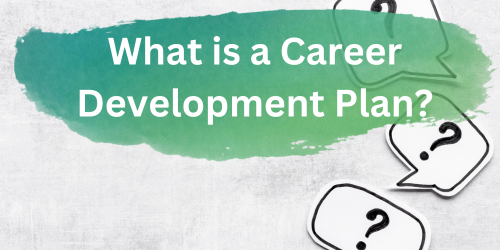Career Development Plans (CDPs)

- Avenue for advancement through a job family based on successful completion of pre-established criteria
- Can be established by the department, division, regional, or systemwide level
Step 1: Create a CDP
Identify the Job Family
- Identify the job family for the CDP
- Determine the levels and positions that will be covered (i.e. Administrative Generalist Level 1, Level 2, Level 3, etc)
Create a Plan with the Employee
- Outline the current skills of the employee and the expected skills, objectives, and job duties that must be met to advance in the job family (i.e. training needed, duties and functions that must be assumed, etc)
- Discuss the starting point and the desired end point
- Create an overall timeframe (typically one fiscal year)
Step 2: Have the CDP Approved
Approval of the CDP
The CDP must receive written approval from...
- The employee
- The supervisor
- The Director of Benefits and Compensation
Step 3: Initiate and Monitor the CDP
Mark Employee Milestones
- Monitor measurable milestones the employee has completed toward the CDP
- Schedule regular check-ins to ensure the CDP remains on target and to provide feedback to the employee
Step 4: Complete the CDP
Move Employee to Next Level
Once the CDP has been completed - pending budget availability - the employee may advance
to the next level of the job family.
- CDP completion must be reviewed by the employee, supervisor, and the Director of Benefits and Compensation
- This is a non-competitive placement
- Salary will be at the first step of the new grade or a 5% increase - whichever is greater
- There will be no increases beyond the last step of the new grade
